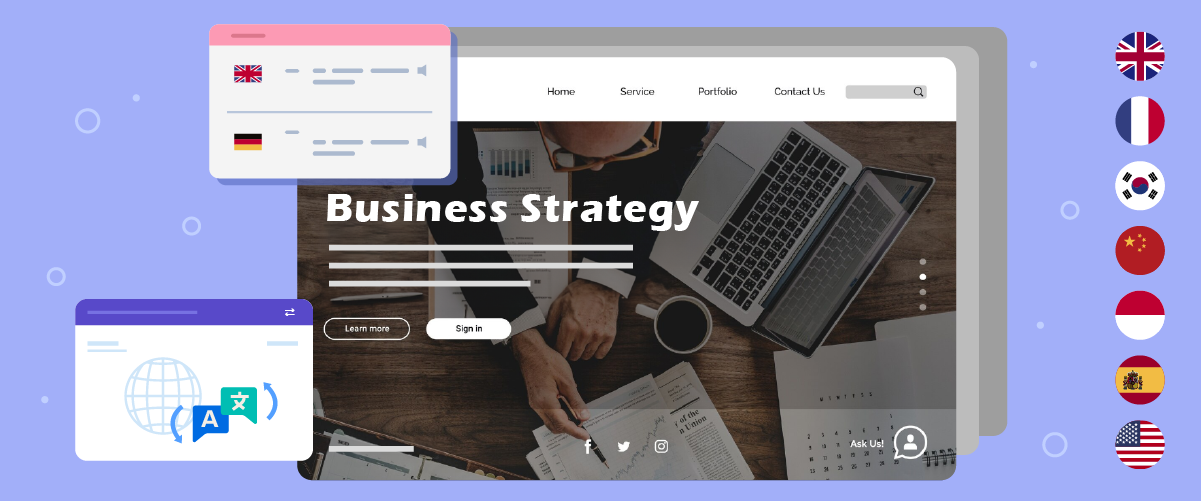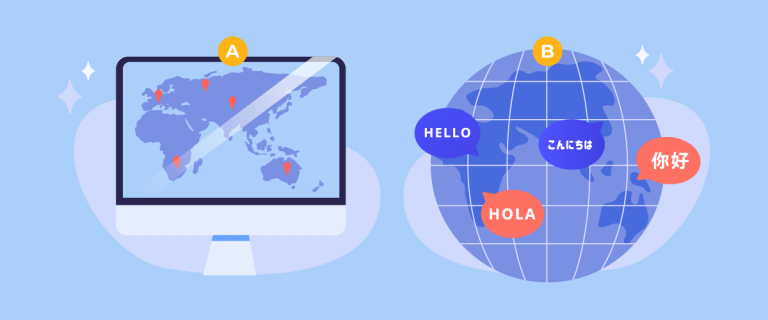Today, the internet makes it easy to connect with people all over the world. Your business can reach anyone, anywhere, without worrying about geography. To do this well, you need a good business translation strategy.
Business translation helps you communicate with people who speak different languages. The tools and methods you use are important for making sure your message gets across clearly.
In this article, we’ll show you how to create a strong business translation strategy. We’ll look at different ways to do it and what tools can help. First, let’s talk about what business translation is.
What's matters on business translation
At the first, business translation might seem like it can effectively bridge your site’s content between languages. You’ll maintain the original tone, sentiment, meaning, and context of the content, but adapt to a specific locale.
In fact, these translation efforts often cover all aspects of your business materials, including marketing, legal, technical, and internal communications. Before you decide to did business translation strategies, here are some key benefits to consider:
– Market Expansion: You can enter new, different, and related markets, increasing your potential audience and ensuring brand consistency.
– Building Trust: Relevant and localized content helps build trust, credibility, and loyalty among your audience.
– Compliance: Translating your website can help you meet data compliance regulations and requirements.
– Team Benefits: Translated internal content is beneficial for a distributed, multinational team.
– Broad Applicability: These benefits apply to all types of translation. In the next section, I’ll discuss various approaches you can take.
The Challenge that you face on business translation
If you consider business translation easy, you have to face the fact like this. I can say to achieve the target, you’ll need to overcome several key challenges.
First, you’ll need to navigate legal and regulatory compliance. This often involves following clear guidelines to ensure your translations follow to relevant laws and regulations.
Another significant hurdle is technical jargon and industry-specific terminology. Accurately translating specialized language requires expertise that you may not have if you’re translating your own content. In this case, professional translation services can be very valuable.

In summary, business translation involves more than just linguistic conversion. It requires addressing “mini-bosses” such as compliance and technical terminology before you can claim true mastery of the task.
Maintaining your brand’s voice can be tricky. This guide will help you stay consistent, which is important to keep your content effective. In my opinion, there are two main challenges: limited resources and understanding your content.
Great content translation requires time and money. It’s worth investing in good tools, resources, and team members. This will help improve your business translations’ quality.
Think of cultural nuances as the ‘final boss’. Words, phrases, and images can mean different things in different cultures. For example, the color red, the number 13, or black cats can have various meanings depending on where you are.
Using the right strategy can help manage these challenges. The next section will explain this in more detail.
5 Considerations for Effective Business Translation
Before you begin translating you’re content, it’s a good idea to take a moment and think about the best way to do it. The list below doesn’t cover everything, but checking off these things will help you make progress.
Let’s go through some of the most important parts of your business translation plan.
1. Make sure you use professional translation
Having your multilingual team members translate your content can seem like a good idea. They know your company culture and products well. However, using a professional translation service might be even better.
First, professional services have experience working with many different businesses. They know how to handle common problems and challenges. Plus, you can take a hands-off approach and still get great results.
Additionally, you might want to use a management tool like Linguise to help with the process.
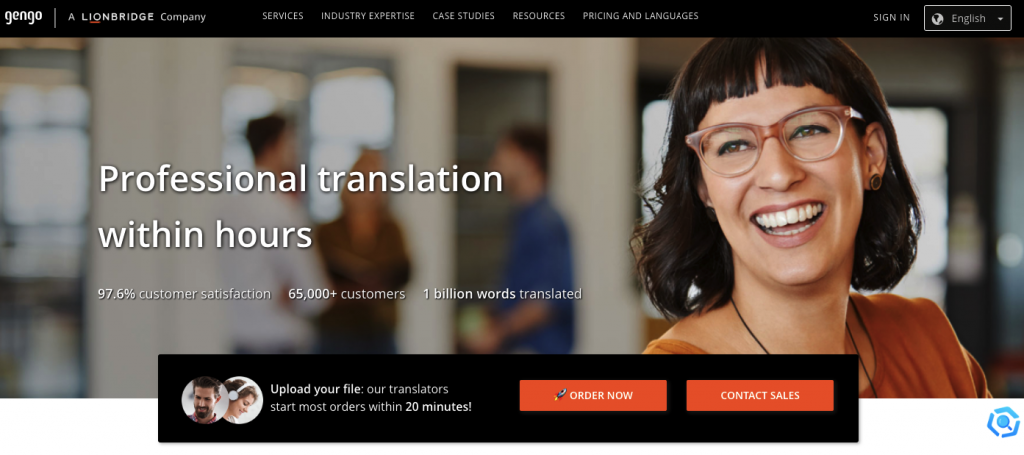
2. Maintenance brand consistency
As I said before in the first part, consistency is matter when we start to content translation. A consistent brand identity and message are important for building trust and recognition with customers worldwide.
When translating business materials, it’s crucial to keep the tone, style, and key brand elements the same across all international markets. This means using the same words, formatting, visual branding, and overall voice that customers know from your company.
Inconsistent or mixed-up branding can hurt your business’s credibility and confuse international audiences. By working with professional translators who understand your brand guidelines, you can ensure a smooth, consistent experience that maintains your brand’s integrity.
3. Keep Local Regulations in Mind
Each country and region has its own laws, regulations, and compliance requirements that must be taken into account when translating business content. This might involve restrictions on certain types of content, mandatory disclosures, or specific formatting standards for legal documents, marketing materials, and other business communications.
Failing to adapt your content to these local regulations can result in rejected submissions, regulatory issues, or even legal problems. Collaborating with translators who are knowledgeable about the target market’s requirements can help you navigate these localization needs and ensure your business materials comply with all necessary standards.
4. Prioritize Localization
Localization means more than just translating words—it’s about adapting all parts of your content to fit the target market seamlessly. This includes changing images, layouts, currencies, units of measurement, date formats, and cultural references. Localization ensures your content feels natural and is optimized for the local audience, creating an authentic experience that builds trust and engagement.
While translation focuses on getting the words right, localization aims for cultural relevance and market fit. By prioritizing localization, businesses can go beyond simple translation to deliver a tailored, culturally-appropriate experience that resonates strongly with international customers.
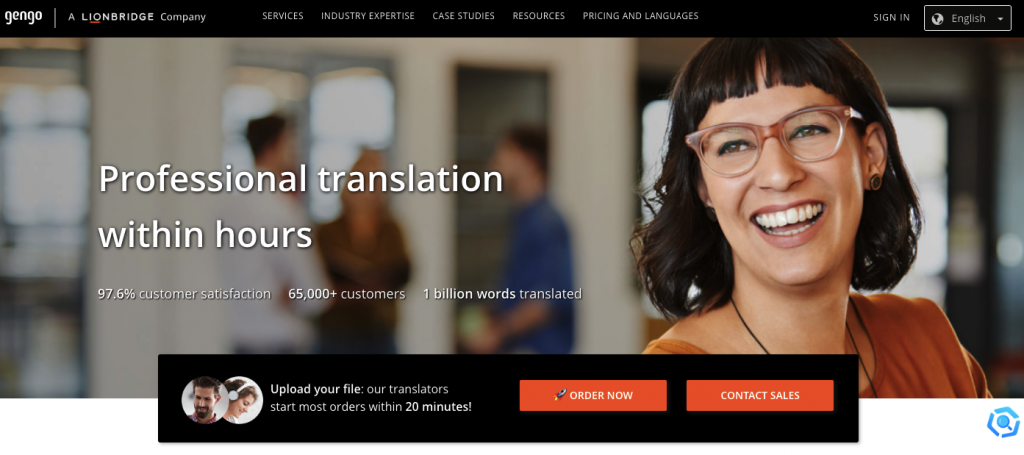
5. Understand Cultural Nuances
Language is deeply connected to the culture of the original market, so translating word-for-word often misses important meanings and implications. Some phrases, idioms, or references might have very different meanings or unintended consequences in the new language and culture. For example, a slogan or joke that works well in one language might be confusing, inappropriate, or even offensive when directly translated.
It’s essential to understand the cultural norms, sensitivities, and preferences of your target audience when adapting business content. Things like social etiquette, gender roles, humor, and taboo topics must all be considered to make sure the translated material fits naturally and avoids causing offense or misunderstandings.
How to Create Efficient Business Translation
In the rest of this post, we’ll share on the best approach for business translation. There are two main options:
– Professional Translation: You can hire professional translators or use human translation services. This usually results in fewer errors but takes more time.
– Machine Translation: You can use machine translation tools, which can quickly cover all your needs. However, you’ll still need to review the translations. Choosing a high-quality machine translation tool can make the process more efficient.
The key is using the right approach and tools to make the entire process smoother. Let’s dive deeper into each option.
1. Decide between human and machine translation
As part of your process, it’s important to proofread, edit, and test your content to catch any mistakes and ensure everything is consistent and accurate.
A good approach is to use both machine translation and human review. This method works well for large amounts of content or when you need a fast result.
Here’s how I would do it: Start with a machine translation, then manually check the key parts of your content. Finally, have a human editor go over everything. Tools like Google Translate or DeepL can be really helpful for this.
These may not give you the fundamental quality you need every time though, which is why combining them can be better.
2. Use Linguise to automatic translate your website
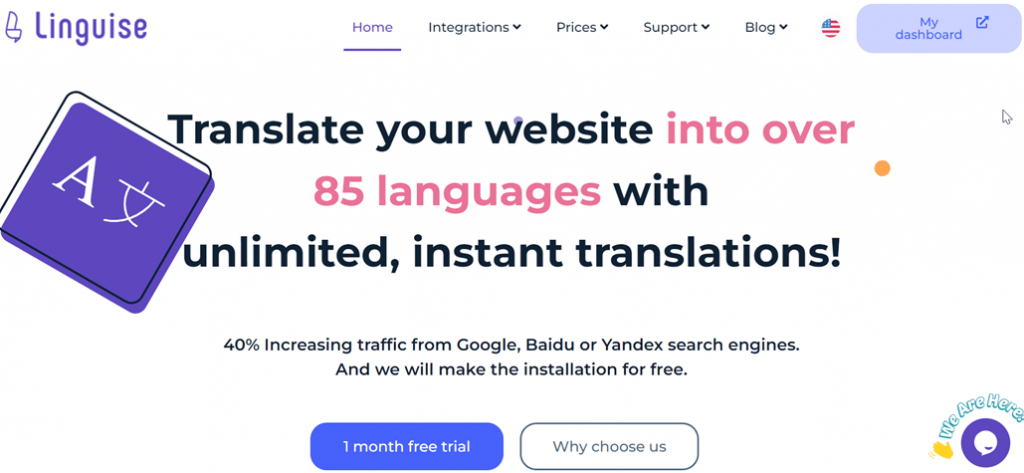
You can utilize custom business translation tools like DeepL, MemoQ, and Localise. While these tools can be helpful, they often require significant time, effort, and money to manage effectively.
That’s why Linguise is your ultimate automatic assistant for translating your website. It efficiently handles the initial machine translation using a combination of advanced tools and neural networks. With over 40+ CMS platform integrations, you can translate your website from any CMS platform so it can reach an international audience.
Linguise using AI Cloud based that can automatic translate all your page. Once your website is connected to the Linguise dashboard, all your website content is translated using the neural machine translation. Every piece of content is editable by a translator from your website public side, using a simple login / password.
Here’s the easy step to help your business translation through WordPress integration:
Step 1: Register Linguise and add domain
The first step to you have to register Linguise first and create new domain, and get the API key. Once registered, you can access Linguise’s features, including multilingual SEO, front-end live editor, global translation exclusion, and other advanced features. One more, you only need to provide your name, email and create the password without credit card requirement.
When you already register you have to fill l in the following columns:
– Account
– URLs
– Platforms/CMS
– Language
– Translation language
– Translate URLs
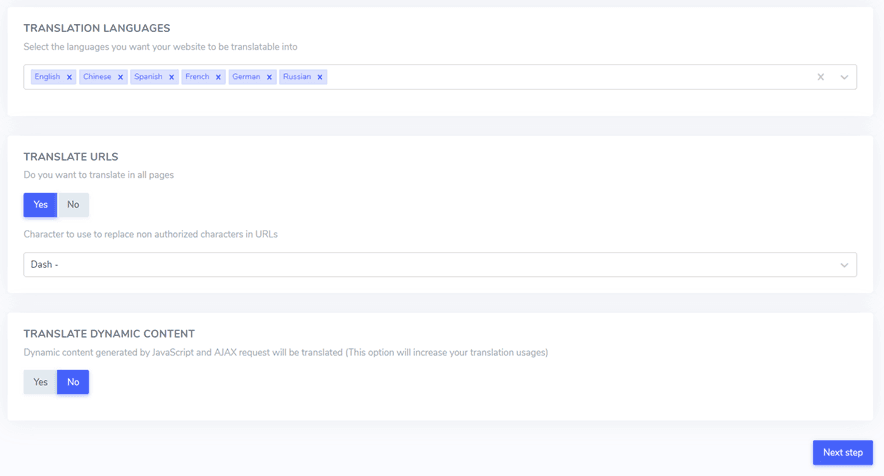
Step 2: Copy API key
Select the newly added domain, and a window like the one below will appear. After that, select the domain that has been added and then you will get an API key which later needs to be pasted on the platform or CMS, click copy to clipboard.
If you’re using WordPress, log in to your WordPress dashboard and go to the “Add Plugin” menu to install the Linguise plugin. Once installed, open the Linguise plugin, paste the copied API key, and click “Apply.” If done correctly, your website will be automatically translated.

Step 3: Setup language switcher
If the API key is connected, now it’s your turn to set the language switcher that will appear on your web page to make it easier for visitors to navigate. You can set it in the CMS directly or in the Linguise dashboard.
This time we will try it on the dashboard, how to select Settings > Language flags display.
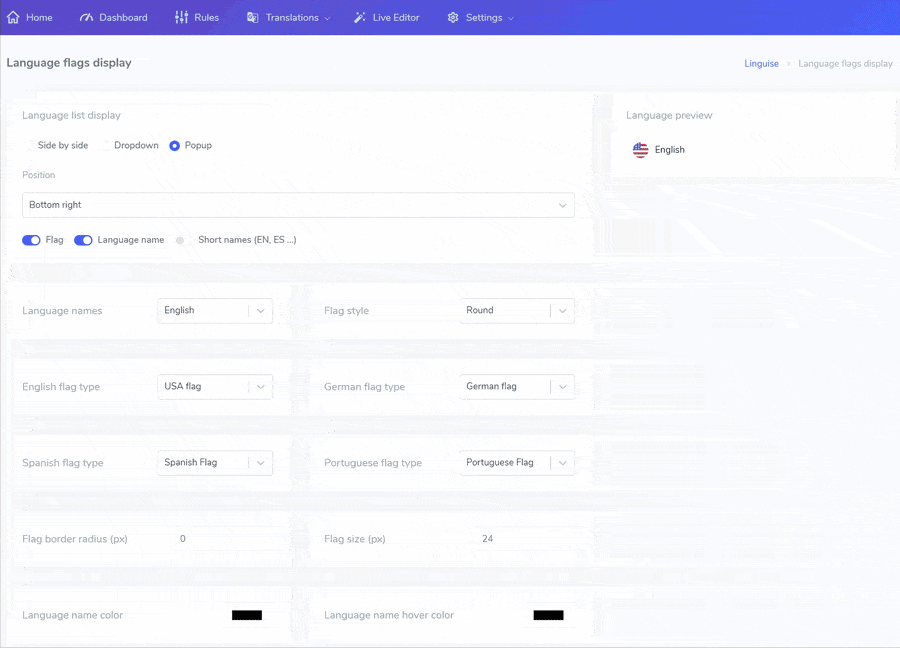
Step 6: Translate a Website using Linguise
If the language switcher is set and the API key is connected, it should start appearing on the website. Now we will try to translate the website from the default language English to another language.

3. Work with Linguise and Professional Services to Complete Your Business Translation
Using translator editor will complement the use of machine translation. Linguise support easy fronted dashboard that can editing every time you’re not satisfied with their translation.
If you still feel that the results of the automatic translation are not optimal, or maybe there are parts that are still not correct for the target language, you can edit them using the front-end live editor feature.
The live editor allows users to select the target language and choose which parts will be translated directly, so that the translation results of your website are more professional.
Not only that, you can also add Translators to the dashboard if needed, you are free to add any number of Translators to help correct translations.
Linguise Optimize Your Business Translate
At this point, you already know how optimize your business translate with all the insight and tools that require. Starting from the reasons why you should translate websites, options for translating websites, to how to translate websites using Linguise and from several browsers such as Chrome, Firefox, and Safari.
Translating a website with an automatic translation option can be the right choice to reduce human error, produce high-quality translations and provide time effectiveness.
For those of you who are interested in using Linguise as a translation, immediately register your Linguise account and enjoy its interesting features!

